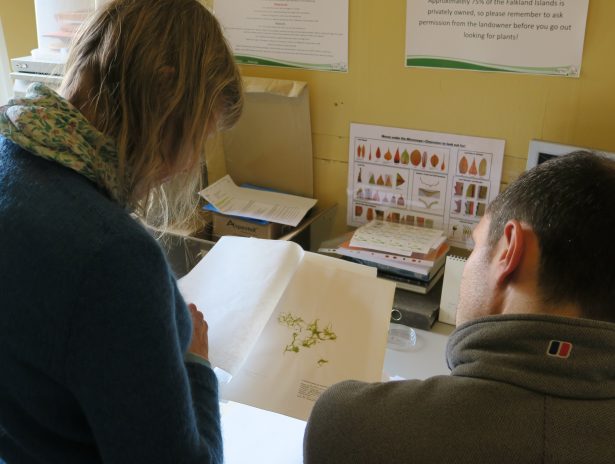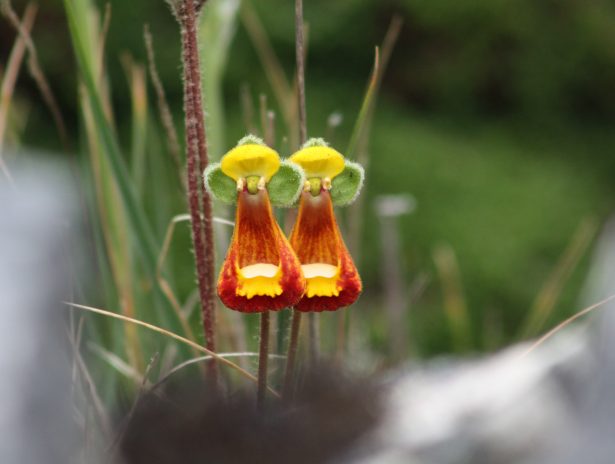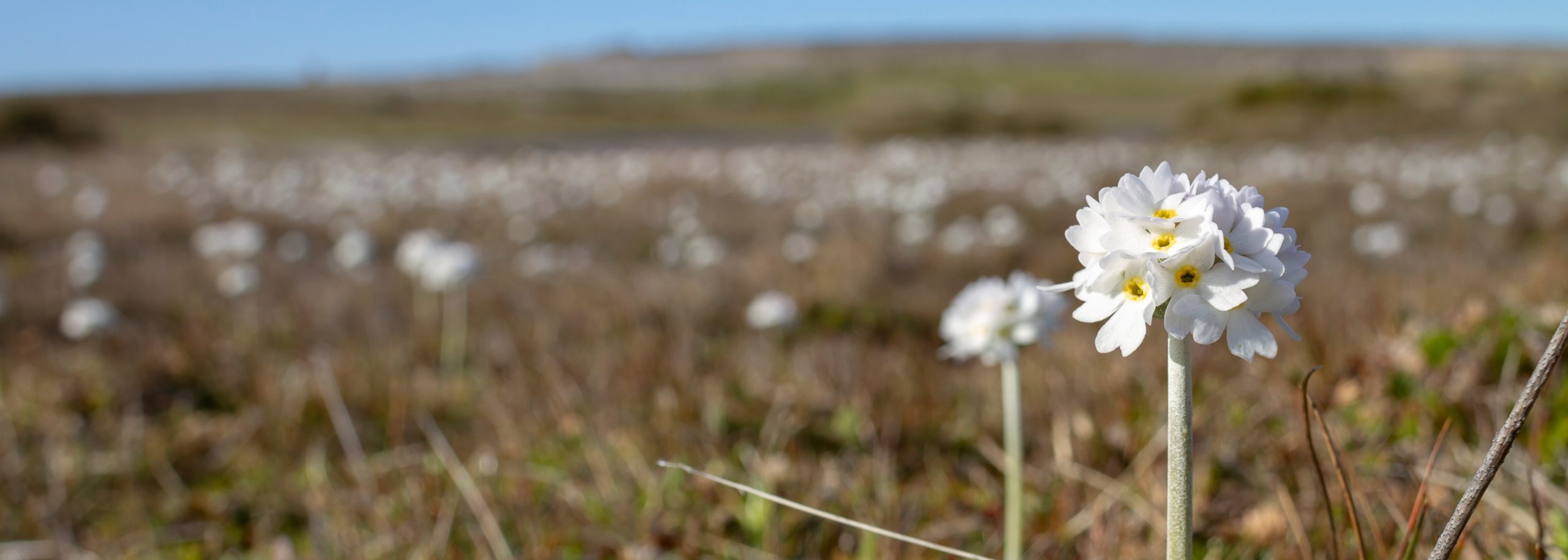About the Herbarium
The Falkland Islands National Herbarium (FINH) was founded in 2001. The herbarium was established by Robin Woods and David Broughton in collaboration with Falklands Conservation and The Department of Agriculture (Falkland Islands Government).
Read more



